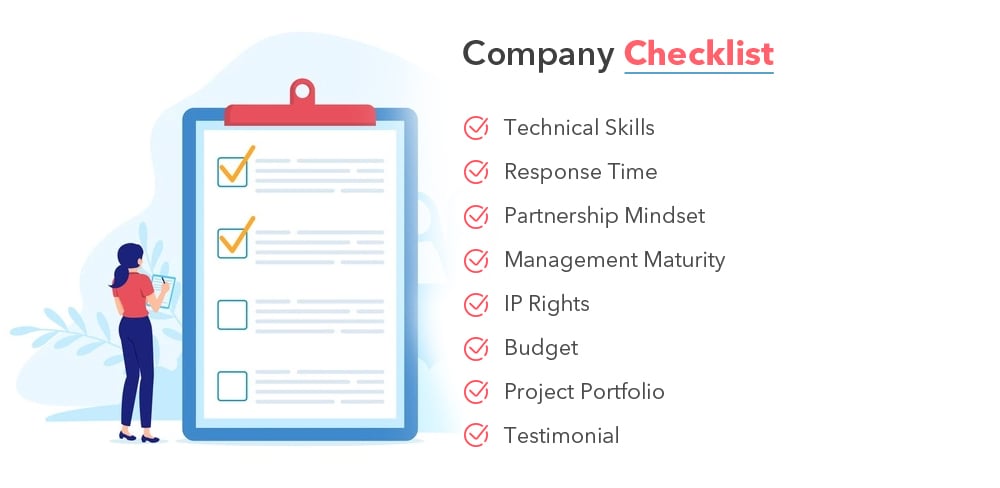Every business industry comes with its set of challenges and opportunities. Some with more opportunities than challenges and vice versa. This situation largely varies on the market volatility, current needs, persisting user trends, and more.
And analyzing the current global scenario, it won’t be wrong to say that the SaaS industry is ripe with opportunities across all sectors. So, if you have plans to clutch some benefits from the $152 billion SaaS market, here are some opportunities you can grasp.
Opportunities In The SaaS Ecosystem
The current digital landscape has created several business opportunities and an altogether new marketplace for SaaS providers. And one of the key drivers behind this boom in the SaaS industry was the growing reliance on digital technologies or digital dependence.
A great example of this would be the need for remote working tools in 2020. As the pandemic hit, businesses had to rely on SaaS tools to communicate, collaborate, and manage work efficiently. And considering the urgency of the situation, the best bet was to go for SaaS providers.
And this growing inclination toward digital products hasn’t halted and is not expected to come to a halt in the coming several years. So, businesses have a plethora of opportunities in the SaaS industry. Some of these are listed below.
#1. Tapping Into The AI/ML Potential
Artificial Intelligence and Machine Learning are the two buzzwords that have become a trend-driving force in almost every industry.
And the SaaS industry is no exception.
.png?width=536&name=saas%20product%20development%20guide%20(1).png)
There is a lot of untapped potential lying in the realm of Artificial Intelligence and Machine Learning. Businesses can look into this sector and build SaaS products that have features of AI and ML to make them tomorrow-proof.
#2. Expansion With Cloud Growth
Cloud is offering endless possibilities to businesses of all verticals and scales. This is opening up a multitude of avenues for businesses.
Precedence Research has pointed out that the global cloud computing market is expected to grow at a CAGR of 17.32% and reach US$ 1,630 billion by 2030. And almost 55% of this revenue is generated by SaaS products alone.
Now wonder SaaS is expected to grow at an exponential rate as the cloud computing market grows.
#3. Analytics-Centric SaaS Products
Data is very pivotal in the SaaS industry today and drives the majority of the trends. And with major businesses eyeing digital transformation, it is expected that analytics-centric SaaS products will start to rule the market. There would be a surge in SaaS products that are innovatively centered around data and analytics. This would also assist businesses in making data-driven decisions and choosing business intelligence.
#4. Focus On Improving Customer Experience
Enhancing the customer experience is not just the core focus of CXOs today. It is garnering attention from CTOs, entrepreneurs, and everyone else in the industry. And it goes without saying that customer experience or CX has a great impact on customer behavior, product growth, and success.
And in order to improve the customer experience, businesses would be required to follow the customer experience trends prevailing in the industry. These would include frictionless sign-ups, personalized experience, localization, proactive support, improved engagement, and more.
#5. Growing Inclination On Vertical SaaS
Being the latest trend in the industry, Vertical SaaS is sure to open up a plethora of opportunities for SaaS providers. Unlike horizontal SaaS which targets customers & clients across all industries & niches, vertical SaaS focuses on a particular vertical and meets their common requirements.
.png?width=536&name=saas%20product%20development%20guide%20(2).png)
These are cost-effective and industry-specific solutions for SaaS providers as well as their target audiences. Vertical SaaS opens up new avenues for customization and delivering better experiences. Apart from that, vertical SaaS enables providers to collect industry-specific customer data that can be used to deliver intelligent solutions. This has also opened opportunities for businesses to deliver niche products. These SaaS products can solve niche industry challenges and pain points, thus, also opening opportunities for smaller businesses planning to launch their SaaS product.
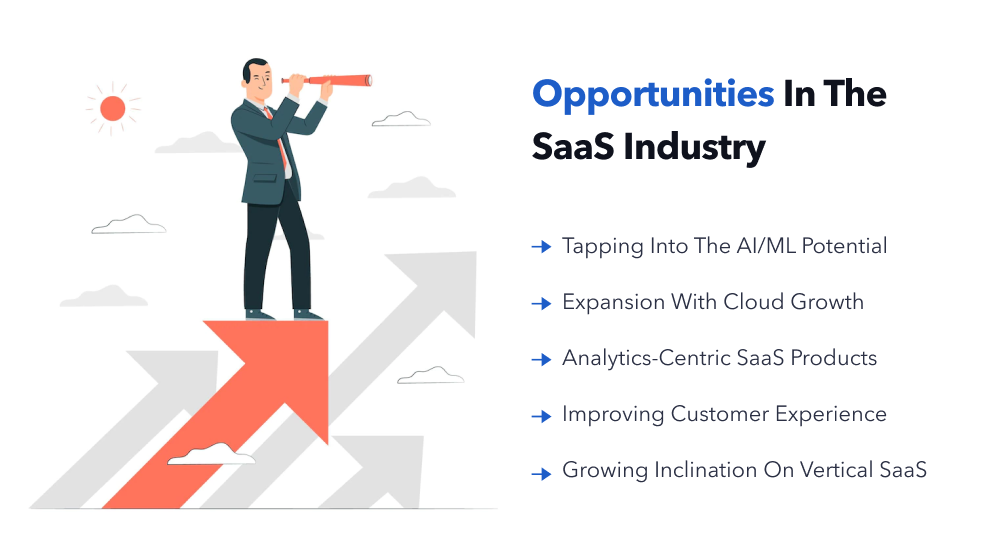
#6. Industries With The Highest SaaS Potential
Now that we know the main opportunities that SaaS businesses can dig into and become leading SaaS providers, it’s time we throw light on the major industries with the highest SaaS potential. While SaaS is increasingly penetrating every industry, there are a few industries that will be helpful for businesses aiming to reap the maximum benefit.
-
Healthcare
Players in the healthcare industry had to digitize their operations in order to provide care during the tough times of the pandemic. They were required to deliver care and one of the most effective ways to do that was through telehealthcare or healthcare SaaS products. Whether it is about healthcare EHRs, EMRs, PACS, or other non-medical systems like billing, accounting, customer feedback collection, etc., most healthcare players have started deploying SaaS products for it.
In the coming years, it is expected that care delivery would be largely impacted by Artificial Intelligence and Machine Learning technologies like Natural Language Processing and Predictive Analysis. This would allow them to use data and build smart SaaS healthcare products.
.png?width=536&name=healthcare%20digital%20transformation%20(4).png)
-
MarTech
MarTech, short for marketing technology, is one industry that is booming with potential, especially for those who are planning to launch their SaaS. Every business needs a marketing team to increase brand awareness, target the right audiences, boost conversions, and generate more leads. And they’ve realized that the best way to get it done is to install a marketing automation tool.
While there are plenty of SaaS tools to streamline the marketing process, there is still a lot of potential that the market holds. You can identify several opportunities and offer SaaS marketing automation tools for lead management, content management, scheduling, personalization, and other aspects of marketing automation.
-
Content Management Systems (CMS)
Almost every business planning to get their content out there on the web is using a content management system like WordPress, Drupal, etc. However, there are many businesses that have their CMSs hosted on-premise or in a private cloud. Now, there is a growing demand for SaaS CMS that is hosted in the cloud. SaaS CMS offers a multitude of features and opportunities for businesses to innovate with the way they want to present their brand or offer an authoring experience.
Businesses looking for scalability and innovation with their CMS are tapping into SaaS content management. While there are CMS pioneers and frontrunners like WordPress, Magento, Wix, and Joomla, there is still potential to revolutionize the industry with an innovative SaaS CMS.
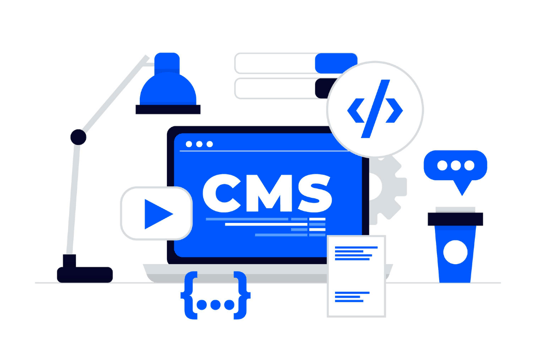
-
Digital Experience Platforms (DXP)
Businesses today have realized how digitally conscious their users or target audiences are. This has given rise to the immense popularity of Digital Experience Platforms DXP. These are similar to CMS but a step ahead of them. These platforms are SaaS-based and enable businesses to offer a seamless experience to their users and potential customers across each digital touchpoint.
While there are popular digital experience platforms like HubSpot, Acquia, Salesforce, and many more, there is a lot of potential yet untapped in this field. They can tap on the smart features and add more automation rules to offer DXPs that come with their own set of unique features.
-
Communication
Slack and Google Hangouts are the top tools used by businesses across industries to communicate among their teams. These SaaS products allow users to have one-on-one chats with each other, have group chats, and even place calls. There are different features offered by these tools. And yet, there is much more that these tools can offer. And that’s where the big opportunity for SaaS players lies. They can come up with a super communication tool or an AR/VR-assisted tool that can help them communicate better using advanced tech.
-
eCommerce
The next industry or sector where one can find opportunities for their SaaS products is the eCommerce industry. There are so many things that one can do to take the eCommerce industry forward and flourish. You can come up with niche-centric SaaS products or micro-SaaS products with unique offerings to test the market without directly competing with the industry behemoths like Magento, Shopify, etc.
-
Government
Government digital transformation is the global talk of the town. Government authorities are eyeing the digital landscape to take their transactions online. Be it fund collection, grievance solutions, tax payments, or simply offering a way to fill up data on a government database, everything is slowly becoming digitized. Businesses can look to provide new SaaS product ideas and deliver secure products that can assist the government digitalization.
-
Business-centric/Productivity
Last but not the least, business-centric products or products that enhance productivity or can be used for management can be a great opportunity for the SaaS providers. Whether it is productivity tools, project management, time management, or other tools that can help enhance business, there will always be a great need for it. And one can easily come up with new ideas to help them enhance the quality of work.
Considering how digitally-involved and tech-savvy everyone has become today, there are no doubts about the countless opportunities available for SaaS businesses in the post-pandemic world.
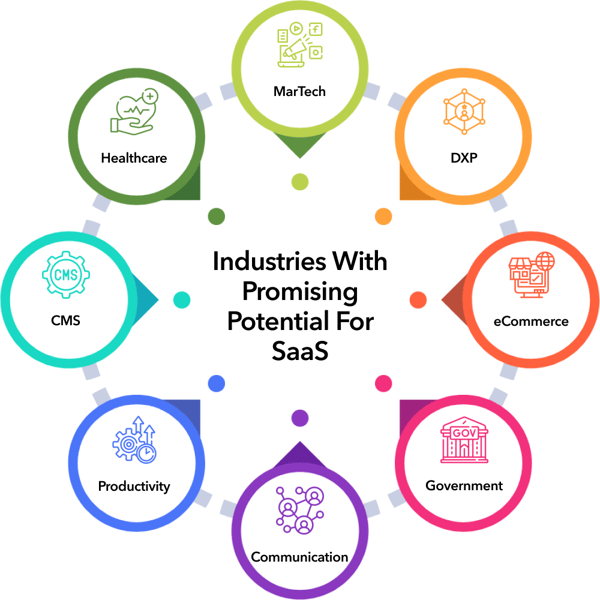
But with so many opportunities and the expected continued growth, there are bound to be some challenges facing the SaaS players. And that’s what we are going to highlight in the next section.
Challenges You Might Face & How To Overcome
Any booming industry is bound to have its set of challenges. And when your team is all set to take on the SaaS development lifecycle or has already initiated one, there are several roadblocks that they might have to overcome. Let’s have a look at the common challenges you might face with your SaaS product or SaaS development.
Challenge #1. Third-party Integration
One of the biggest challenges faced by businesses building their SaaS product is the need to integrate them with third-party applications. The SaaS product should be able to seamlessly communicate with other applications and share data. It could be payment gateways, CX platforms, contact databases, CRM, feedback tools, email services, and more. SaaS providers would either need to build their own custom integrations for the functionality or create services or facades to allow such integrations.
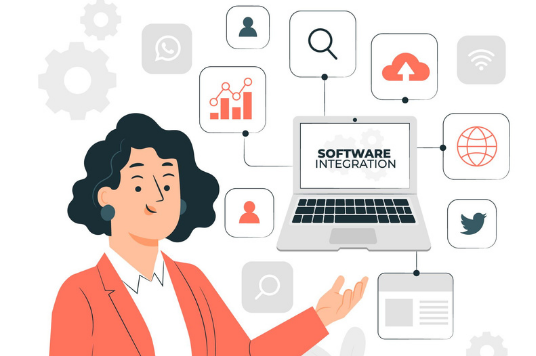
Challenge #2. Security & Protection of Data
Data is precious and businesses need to ensure that the data fed into their SaaS product by the users is protected at all costs. And considering the huge amount of data that SaaS products need to store, the protection & security of data becomes no less than a challenge. There are different security risks associated with SaaS products. These could be data leaks, identity theft, unauthorized data access, phishing attacks, account takeover, and more.
While getting the SaaS application development, businesses should ensure that the database is well-defined and GDPR compliant. In addition to that, SaaS providers should also ensure that they’ve received HIPAA compliance, SOX, PCI-DSS compliance, and more based on their business model.
Challenge #3. Issue of Scalability & Future Updates
Businesses opt for SaaS as they need not worry about the tech updates from the frameworks’ end or getting the product updated for security patches, features, and more. They expect it to be offered by the SaaS provider. And it is the SaaS product owner or provider’s responsibility to keep updating the product and keep scaling the app as required.
SaaS providers can join hands with an established SaaS development agency and be assured to get regular updates for technologies, and versions, and even launch new features based on the feedback collected from the users.
Challenge #4. Managing Lifecycle of Subscribers
SaaS providers also come across the challenge of managing the SaaS subscriber’s lifecycle based on their plans and subscription. Without proper SaaS lifecycle management, it would be challenging for businesses to manage the billing cycle.
They can either go with a third-party application to help manage the SaaS lifecycle of the users or have a team build the functionality into the SaaS product.
Challenge #5. Selecting Pricing & Delivery Model
Every business aspires to have a successful monetization strategy for its SaaS product. And selecting the delivery and pricing model plays a crucial role in determining that. This is an important decision yet challenging for most SaaS providers.
.png?width=536&name=saas%20product%20development%20guide%20(3).png)
They need to keep their target audiences in mind to set the pricing and choose the model that would be the best fit to drive more subscriptions. It could be freemium, fixed fee, usage-based, tiered model, per-user based, feature-based, or more. Not just that, you also need to define the monetization strategy to generate revenue from the product. Choose from different modes of monetization like subscription, advertisement, Freemium, etc.
While selecting the business model, you need to keep your product lifecycle or the way it would be launched, its offerings, software development costs, and the target audience in mind.
Challenge #6. Maintaining Consistency
SaaS products are usually developed to be accessed by users across different platforms. Additionally, it can have unlimited permutations when it comes to the plans, subscriptions, and usage requirements of the users. You could have layout inconsistencies in terms of design, navigation, etc., on different devices or screen sizes. There can also be inconsistency in terms of the codes and data syncing between servers.
This problem can be solved by creating a customizable SaaS system. In addition to that, you can have the SaaS application development team create hooks and filters that would allow the users to customize the product as per their requirements without specific programming.
No wonder there are countless challenges affecting SaaS providers. But with smart planning and strategizing, one can successfully launch a SaaS product and become a leader despite these challenges.
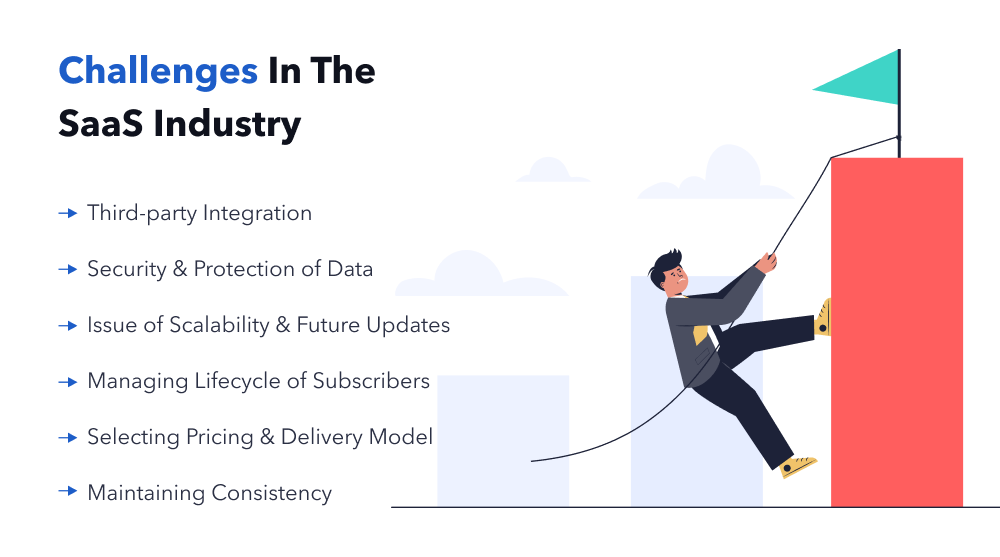
On that note, let’s jump to our next section.
Successful SaaS Product Examples
No doubt there are some challenges facing the SaaS industry. However, there are many SaaS providers who have faced these challenges head-on and overcome them with excellence. Let’s have a look at some of the top SaaS products that are ruling various industries today.
Communication
The pandemic forced everyone to work from a distance, from the safety of their homes. And this also gave rise to the remote working culture. And that’s exactly when the communication tools boomed.
-
Slack: One of the first names that come to mind when we think of communication tools is Slack. It is a one-stop tool for all your communication requirements. From messaging remote team members seamlessly and having group chats to creating channels for different projects, and other things, this tool has countless features. It can even be integrated with 2000+ apps for ease of working.
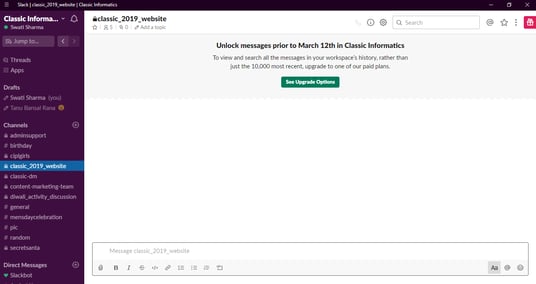
-
Zoom: Another communication tool that has made life easier during and after the pandemic is Zoom. This is one teleconferencing SaaS tool that enables you to make video calls, and audio calls, share screens, and record meetings.
Project Management
Managing projects has always been a hassle for businesses. One solution to such hassles is using project management tools. There are several tools in the market today that make it easier for business owners to manage their projects and keep track of their progress, especially while working with distributed teams or remote developers. Here are the top project management tools in the market.
-
Trello: Simplifying collaboration between teams, Trello is one of the most popular SaaS tools used by startups, small businesses, and large-scale companies as well. There are different features like time management with cards, drag-drop editing, adding tags & labels, sending alerts, and more.
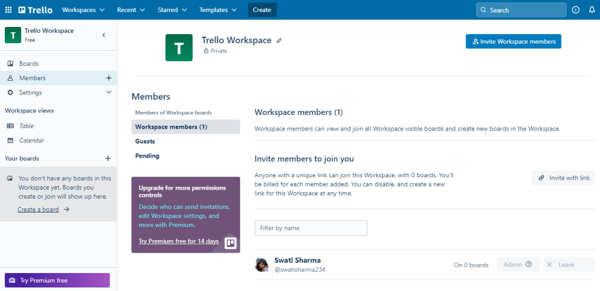
-
ProofHub: The next most popular SaaS project management tool in the market right now is ProofHub. This cloud-based tool is known for enabling teams to run, track, and discuss projects on a single platform. Features like workflows, project reports, rapid project discussion, etc., make this tool even more powerful.
Business
When it comes to business, there are various tools that enable seamless operations for any type of business process. There is one SaaS suite that enables all business functions.
-
Google Workspace: The most popular SaaS tool that offers a complete suite of tools for all types of business processes. There is no business in the world that wouldn’t have used any of the Google suites before. Be it Gmail for sending emails or chatting, Google Docs for creating files and sharing, drive for storing data online, Google Meets for online calling, or other applications of the Google workspace, there are a wide variety of applications making business operations simpler.
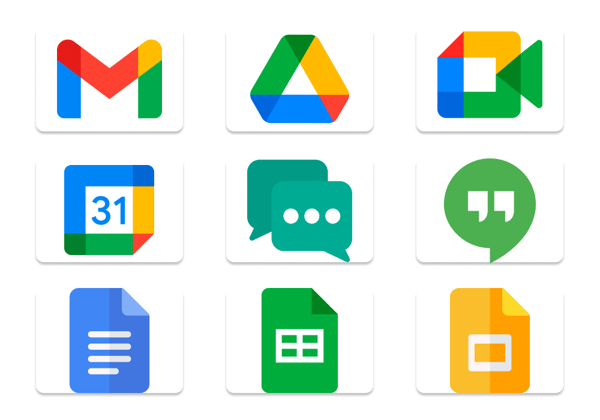
Sales, Marketing & CRM
The next most popular category for SaaS tools is Sales & Marketing. With the advancement in marketing and sales automation tools, many SaaS providers have come forward, offering their expertise in different types of software. Some of the most popular ones are listed below.
-
Hubspot: Started as an inbound marketing platform, Hubspot has now qualified to become a leading sales, marketing, and CRM tool. It has a whole suite that offers all functionalities like CRM, CMS, lead generation, real-time analytics, Salesforce Integration, sales hub, social media integration & scheduling, CRM, and more. It is a full-growth software that allows businesses to integrate sales and marketing automation with CRM and even defines life cycle stages for leads.
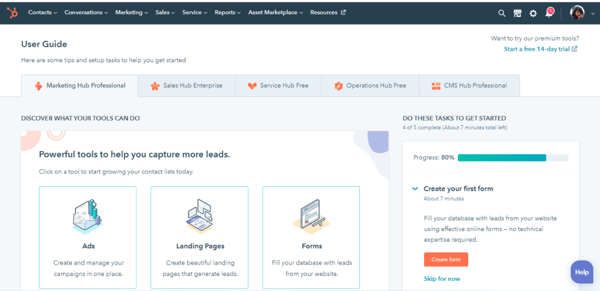
-
Buffer: The next tool in the list is Buffer. This tool offers complete flexibility to businesses seeking to manage their social media marketing campaigns. It has gained popularity owing to its multiple features like content scheduling on social media, browser extensions, and the ability to offer metrics for social post performance and other analytics.
Other Popular SaaS Tools
While these were some of the popular categories and the SaaS tools ruling those sectors, there are various other SaaS tools that we have been using for some time. Here are the top examples of SaaS tools you can look up to.
-
Adobe Creative Cloud: The creative suite of Adobe includes Photoshop, Illustrator, Premiere Pro, InDesign, After Effects, and more.
-
Canva: The most popular design tool out there, Canva is used by thousands of professionals to create stunning designs, images, graphics, and videos.
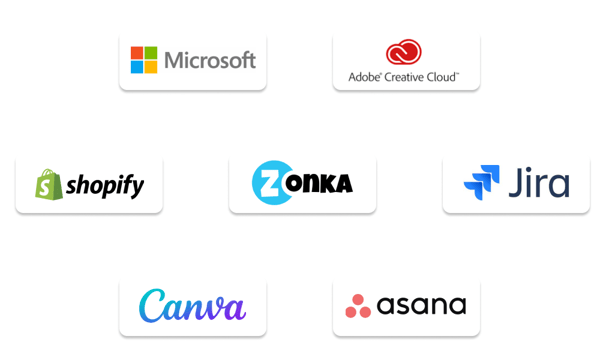
It goes without saying that SaaS products are everywhere today. While there is a lot already in the market, the opportunities are endless as well. And if you have a great idea, you can even dethrone the SaaS industry giants and leaders.
 Healthcare 360 HealthTech
Healthcare 360 HealthTech Digital Economy New tech solutions
Digital Economy New tech solutions SaaS Development Modern SaaS solutions
SaaS Development Modern SaaS solutions Government Software E-Governance solutions
Government Software E-Governance solutions FinTech Automate financial system
FinTech Automate financial system Logistics Efficient operations
Logistics Efficient operations Retail E-stores Powerful online stores
Retail E-stores Powerful online stores Travel Simplified portals
Travel Simplified portals








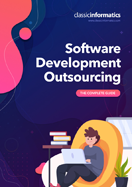

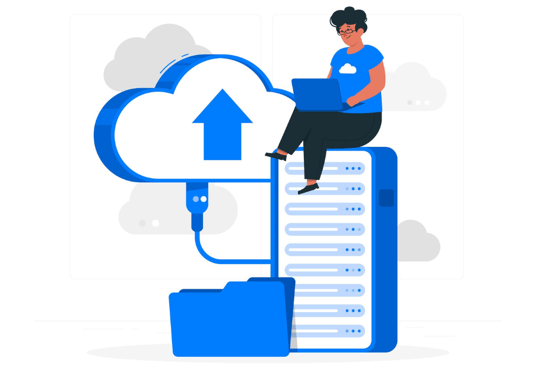

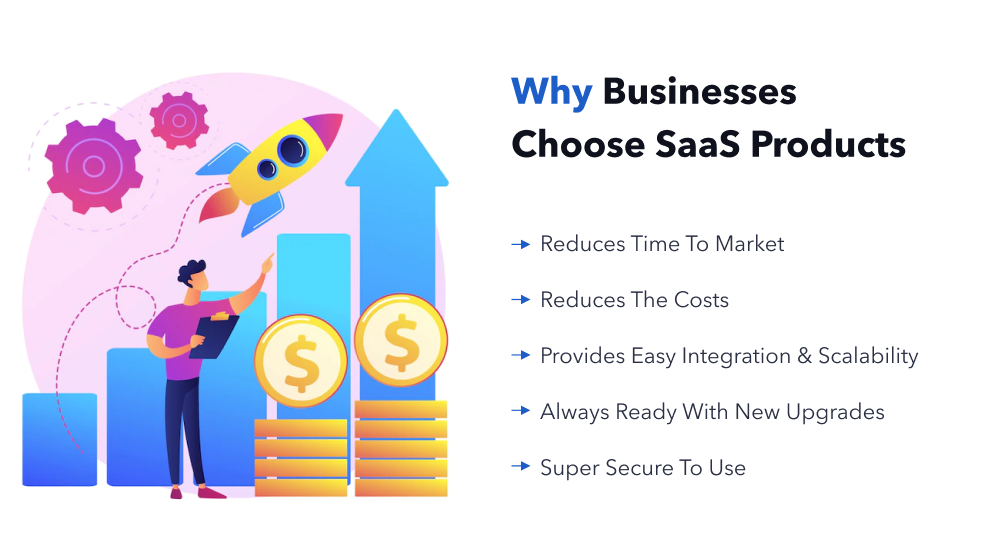
.png?width=536&name=saas%20product%20development%20guide%20(1).png)
.png?width=536&name=saas%20product%20development%20guide%20(2).png)

.png?width=536&name=healthcare%20digital%20transformation%20(4).png)



.png?width=536&name=saas%20product%20development%20guide%20(3).png)






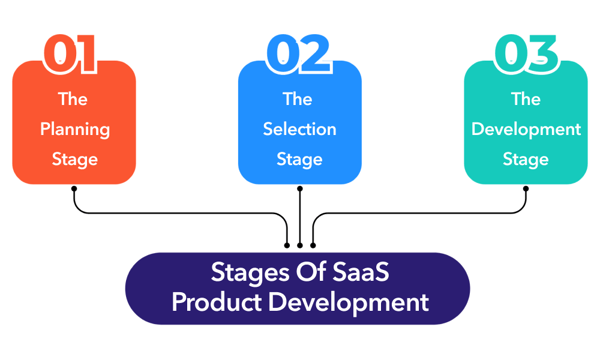
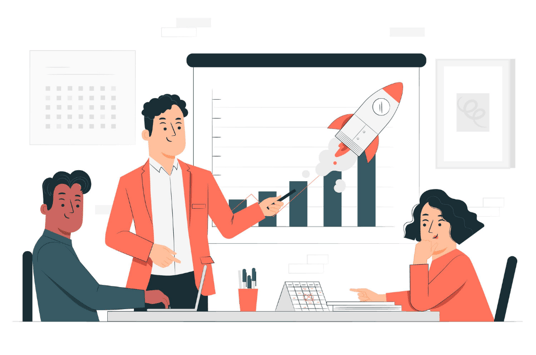
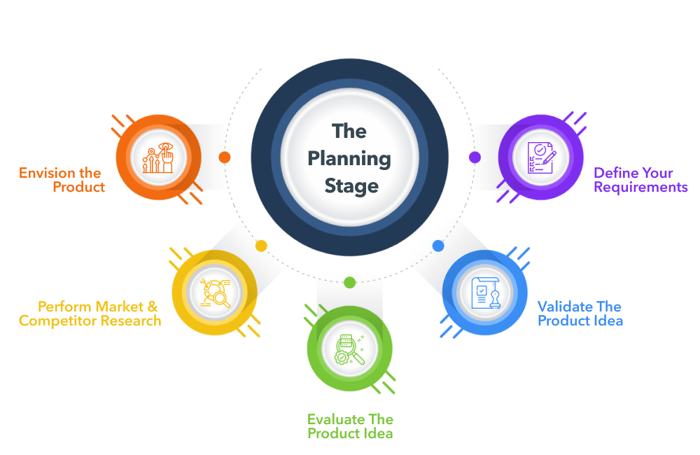
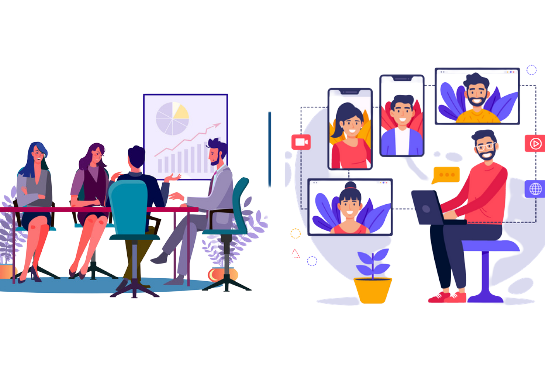
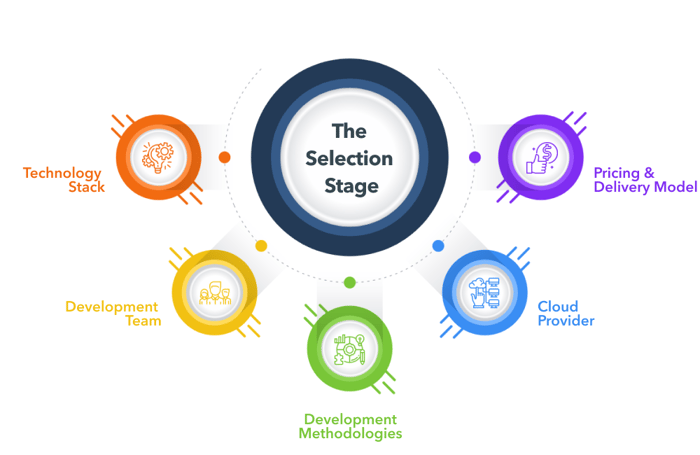

.png?width=536&name=workplace%20productivity%20(1).png)
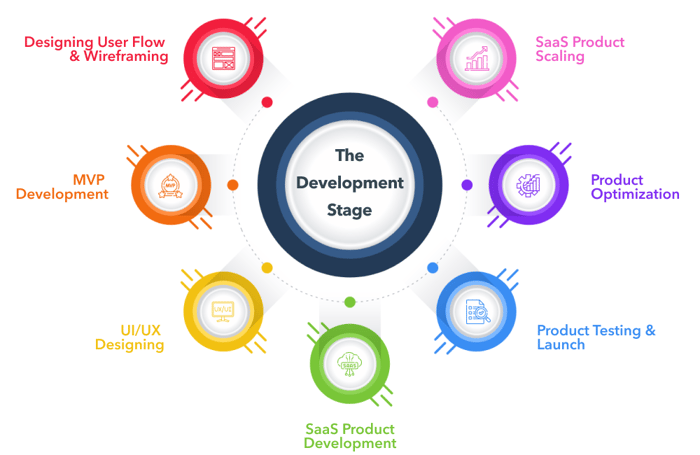
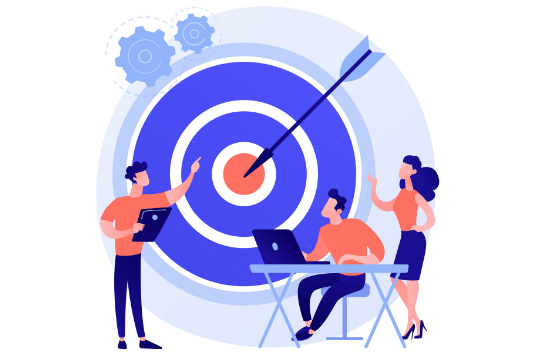
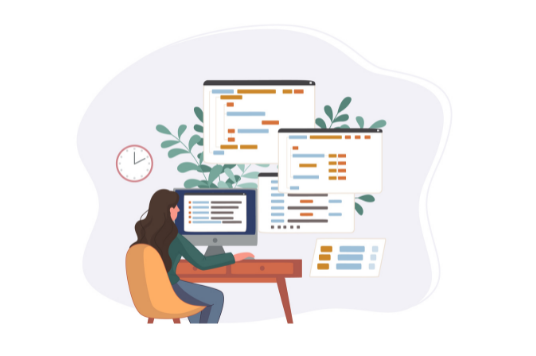
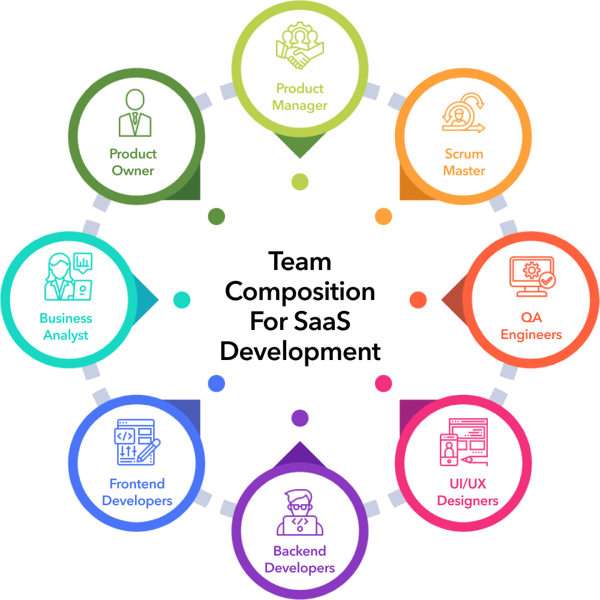

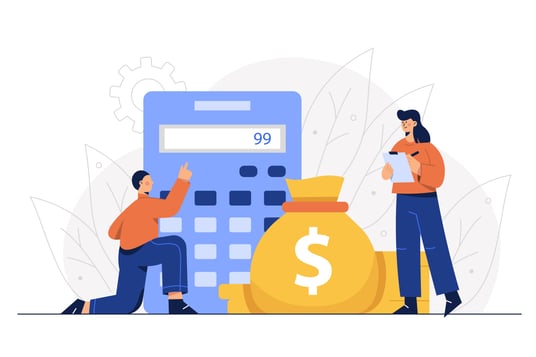
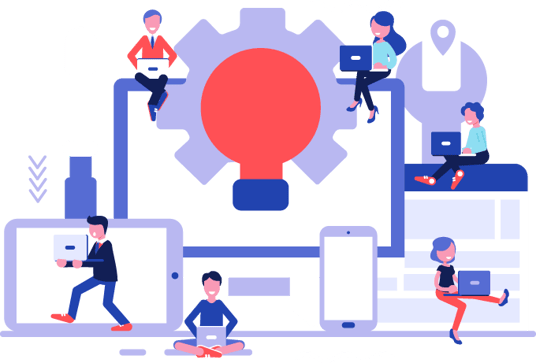
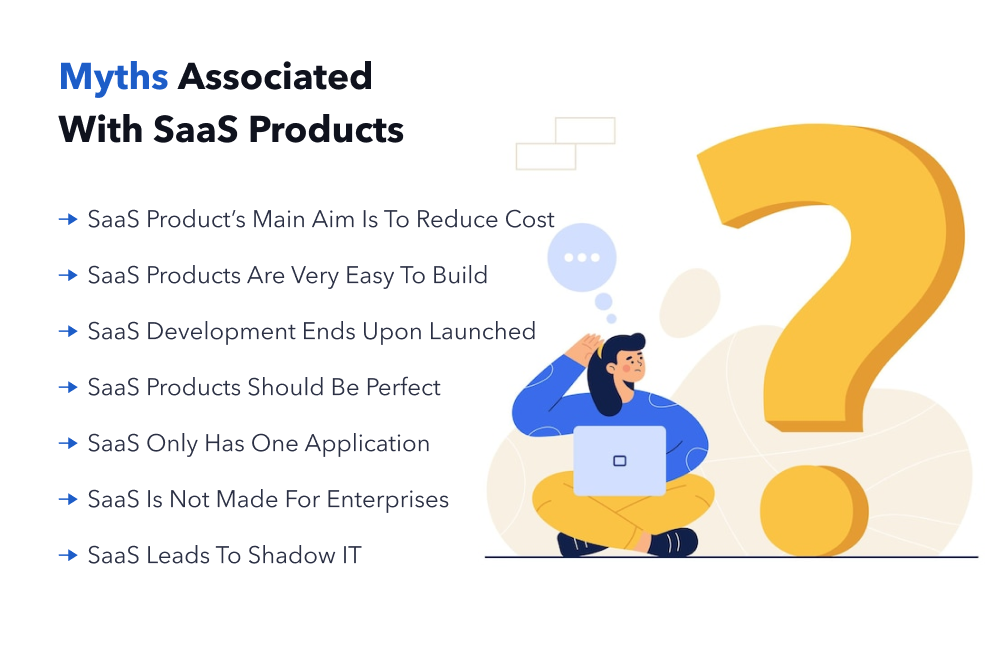
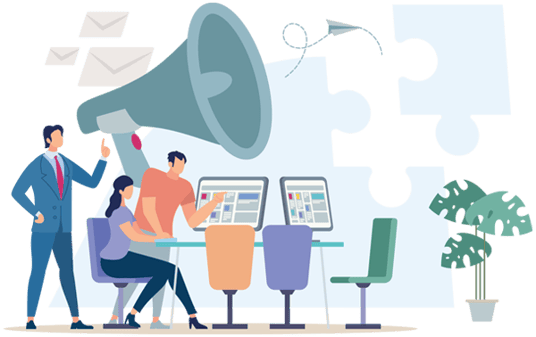
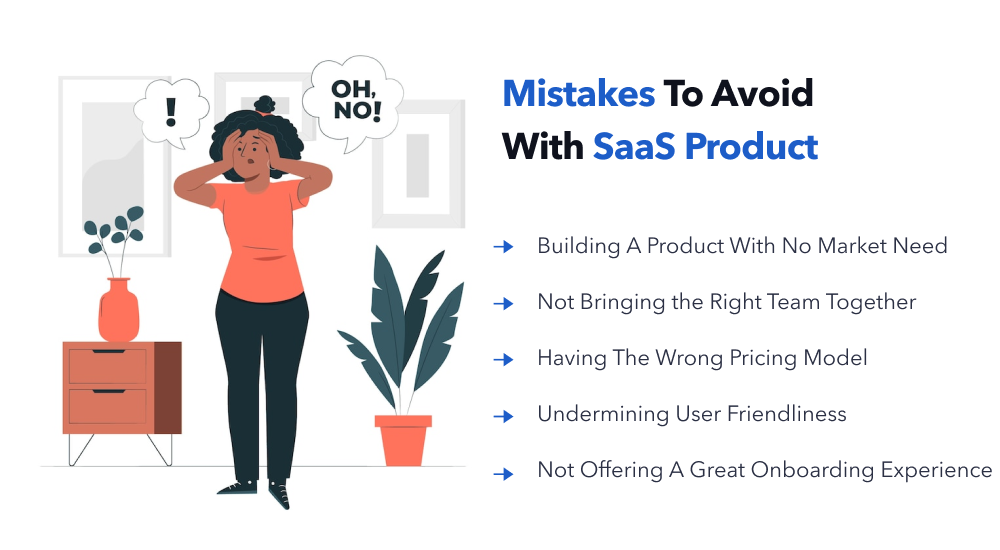
.png?width=536&name=saas%20product%20development%20guide%20(4).png)
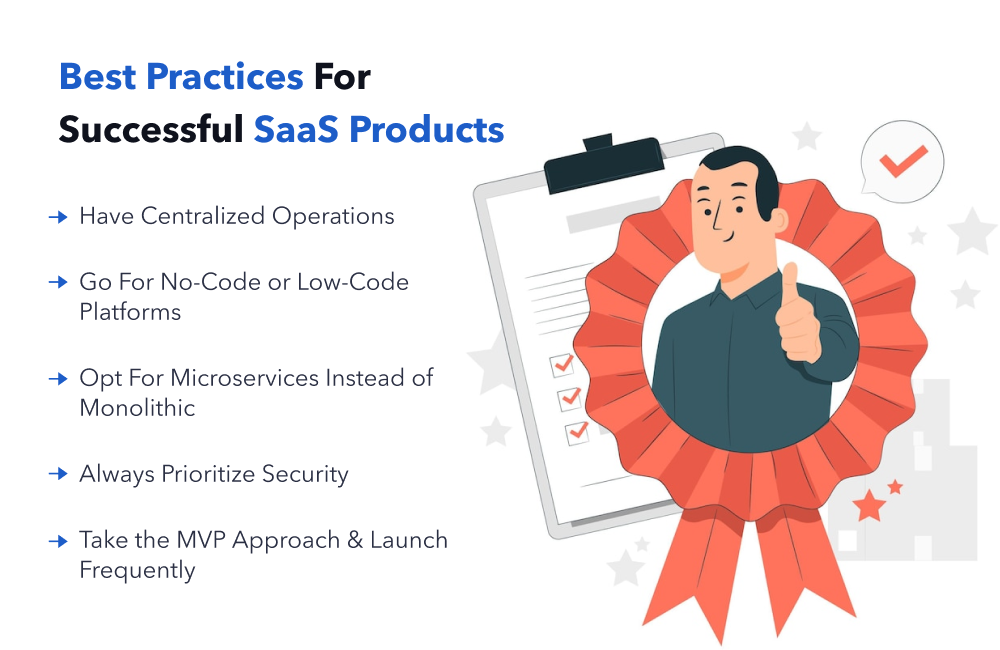
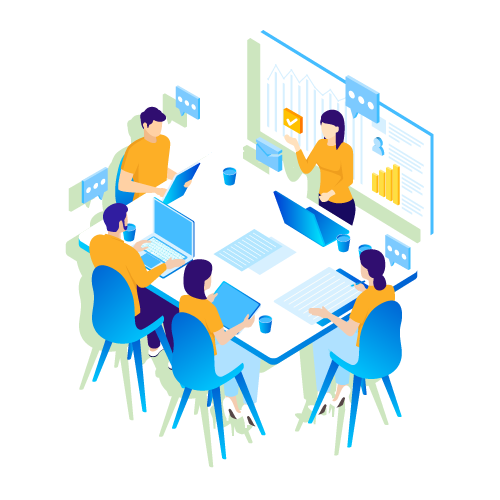

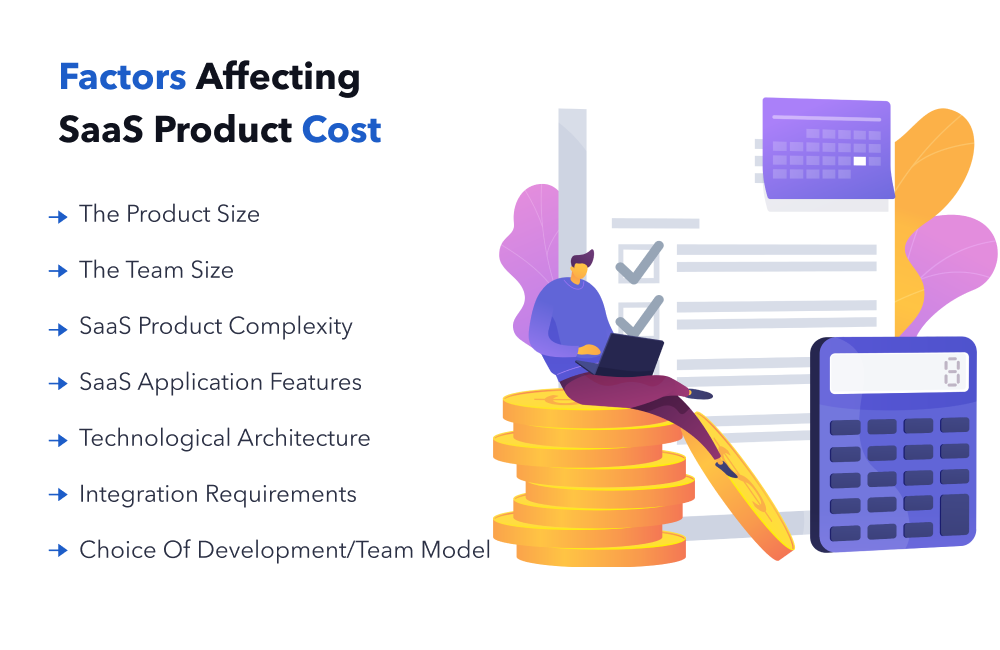
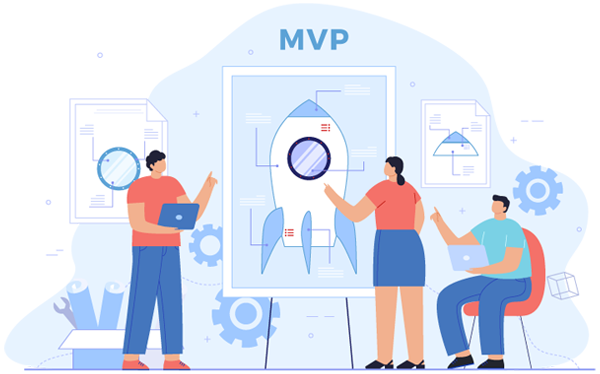
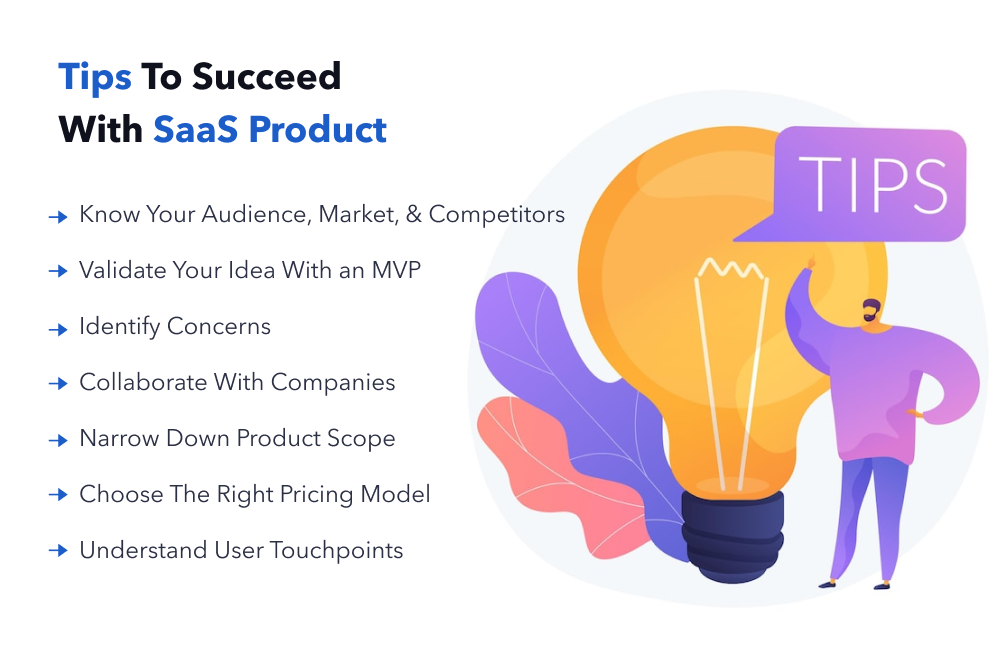
.png?width=536&name=technology%20partner%20for%20startups%20(2).png)
.png?width=833&name=saas%20product%20development%20partner%20steps%20(2).png)
